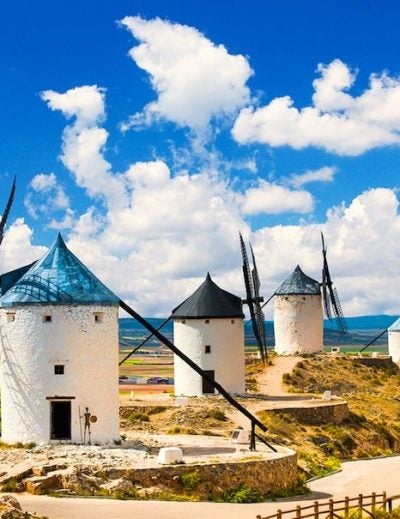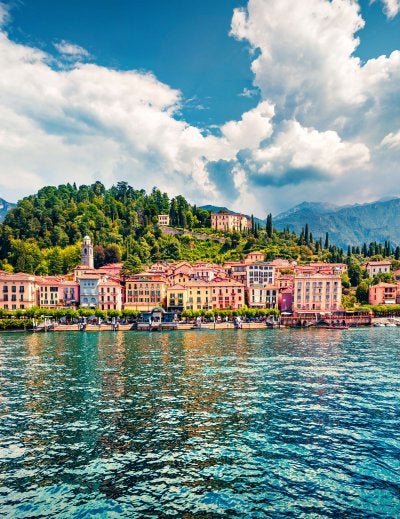
Castel dell’Ovo Travel Guide: Exploring Naples’ Legendary “Egg Castle”
Castel dell’Ovo, meaning “Egg Castle” in Italian, is one of the most iconic landmarks in Naples and the oldest standing fortification in the city. Located in the historic Santa Lucia district, this medieval fortress sits on the small island of Megaride, now connected to the mainland by a narrow causeway. Overlooking the Gulf of Naples, the castle offers a window into centuries of history, myth, and architectural transformation. For those planning to explore the area, it’s an essential stop among the best Things to do in Naples.
Historical Background
The site of Castel dell’Ovo has roots that trace back to ancient times. Greek settlers from Cumae established the original city nucleus of Partenope on this very islet in the 8th century BC. Centuries later, in the 1st century BC, the Roman general and gourmet Lucius Licinius Lucullus built a luxurious villa here, known as Castellum Lucullanum. His estate was famous for its gardens, fish ponds, and extensive library, serving as a retreat for the Roman elite.
After the fall of the Roman Empire, the site became a religious center. Monks from the order of Saint Basil founded a monastery and built the Church of San Pietro. By the 12th century, Ruggiero the Norman constructed the first version of the castle to protect the coast, marking the beginning of its long military history.
Over time, Castel dell’Ovo evolved under the rule of various dynasties:
- Frederick II of Swabia turned it into a royal palace and prison.
- The Angevins added Gothic architectural elements.
- Alfonso V of Aragon reinforced the castle’s defenses in the 15th century.
- Later rulers, including the Spanish and Bourbons, further expanded its military use.
Throughout its life, the castle has served as a royal residence, a treasury, a defensive fortress, and a prison. Notable figures such as Queen Joanna I of Naples and philosopher Tommaso Campanella were once imprisoned within its walls. Despite enduring earthquakes, wars, and even a tsunami in 1370, the castle still stands as a remarkable symbol of Naples’ endurance and history.
The Legend of Virgil’s Egg
The name “Egg Castle” comes from a fascinating medieval legend involving the Roman poet Virgil. According to Neapolitan lore, Virgil hid a magical egg within the castle’s foundations, sealed in an iron cage and suspended from a beam. The egg was said to protect both the castle and the city from disaster.
Superstition held that if the egg ever broke, the castle would collapse, bringing catastrophe upon Naples. When part of the castle fell during Queen Joanna I’s reign, she had to reassure citizens that the “magic egg” had been replaced. Whether or not the egg ever existed, the legend remains an inseparable part of Naples’ cultural identity.
Another tale connects the site to the siren Parthenope, said to have washed ashore and been buried beneath the island after Ulysses rejected her. This myth reinforces the deep connection between Naples’ origins and the mysterious charm of Megaride.
Architecture and Highlights
Castel dell’Ovo’s architecture reflects the city’s layered history. Built primarily from tuff stone, it features elements from Norman, Gothic, and Aragonese periods. Inside, visitors can explore halls, courtyards, and bastions, with highlights including:
- The Torre Maestra and Torre Normandia towers.
- Remnants of Gothic windows and medieval arches.
- The Hall of Columns, containing Roman remains.
- The Church of San Salvatore, decorated with ancient frescoes.
- Prison cells where historic figures were once held.
- Panoramic terraces offering sweeping views of Mount Vesuvius, Capri, and Ischia.
Today, the castle hosts art exhibitions, cultural events, and a small museum displaying archaeological artifacts, historical documents, and paintings.
Visiting Castel dell’Ovo
Location: Via Eldorado 3, Santa Lucia district, Naples.
Opening Hours: Generally open daily from 9:00 AM to 7:00 PM, though times may vary.
Admission: Free entry. Temporary exhibitions or events may require a ticket.
Accessibility: Wheelchair accessible, with ramps and clear pathways.
Guided Tours: Free tours are sometimes offered in English, Italian, and Spanish.
Getting There
The castle is in a pedestrian-only area, easily reachable on foot from Piazza del Plebiscito (about a 10–15-minute walk).
- By Metro: Take Line 1 to Municipio or Piazza Amedeo, then walk about 20 minutes.
- By Bus: Routes 151 and C25 stop near Via Partenope.
- From the Airport: A fixed-rate taxi (about €23) or the Alibus shuttle to Stazione Marittima, followed by a short walk.
Borgo Marinari and the Seafront Promenade
At the base of the castle lies Borgo Marinari, a charming fishing village surrounded by the sea. Once home to monks and fishermen, it now houses yacht clubs, cafés, and seafood restaurants. Visitors can enjoy fresh local dishes while taking in views of the harbor and castle.
Nearby, the Lungomare Caracciolo promenade offers one of the most scenic walks in Naples. Strolling along Via Partenope, you’ll pass elegant hotels, lively terraces, and panoramic views of the bay. Combining a visit to Castel dell’Ovo with a meal or sunset walk here captures the essence of Naples’ seaside spirit.
Summary
Castel dell’Ovo blends history, mythology, and stunning scenery into one unforgettable experience. Standing as both a symbol of Naples’ origins and a testament to its resilience, the “Egg Castle” is a must-see for travelers exploring southern Italy. With free admission, breathtaking views, and a deep cultural legacy, it remains one of the top attractions in Naples.
Author
-
We are the storytellers behind Exoticca’s adventures, passionate travelers dedicated to sharing the magic of the world with you. From bustling cities to serene landscapes, our team brings firsthand experiences, expert insights, and a deep love for discovery to every article. Whether it’s uncovering hidden gems or curating bucket-list-worthy journeys, the Exoticca Travel Crafters are here to inspire, inform, and guide you as you explore the globe.
View all posts



